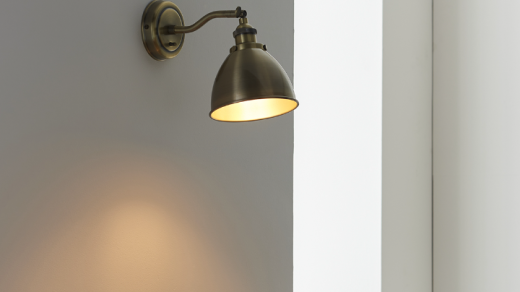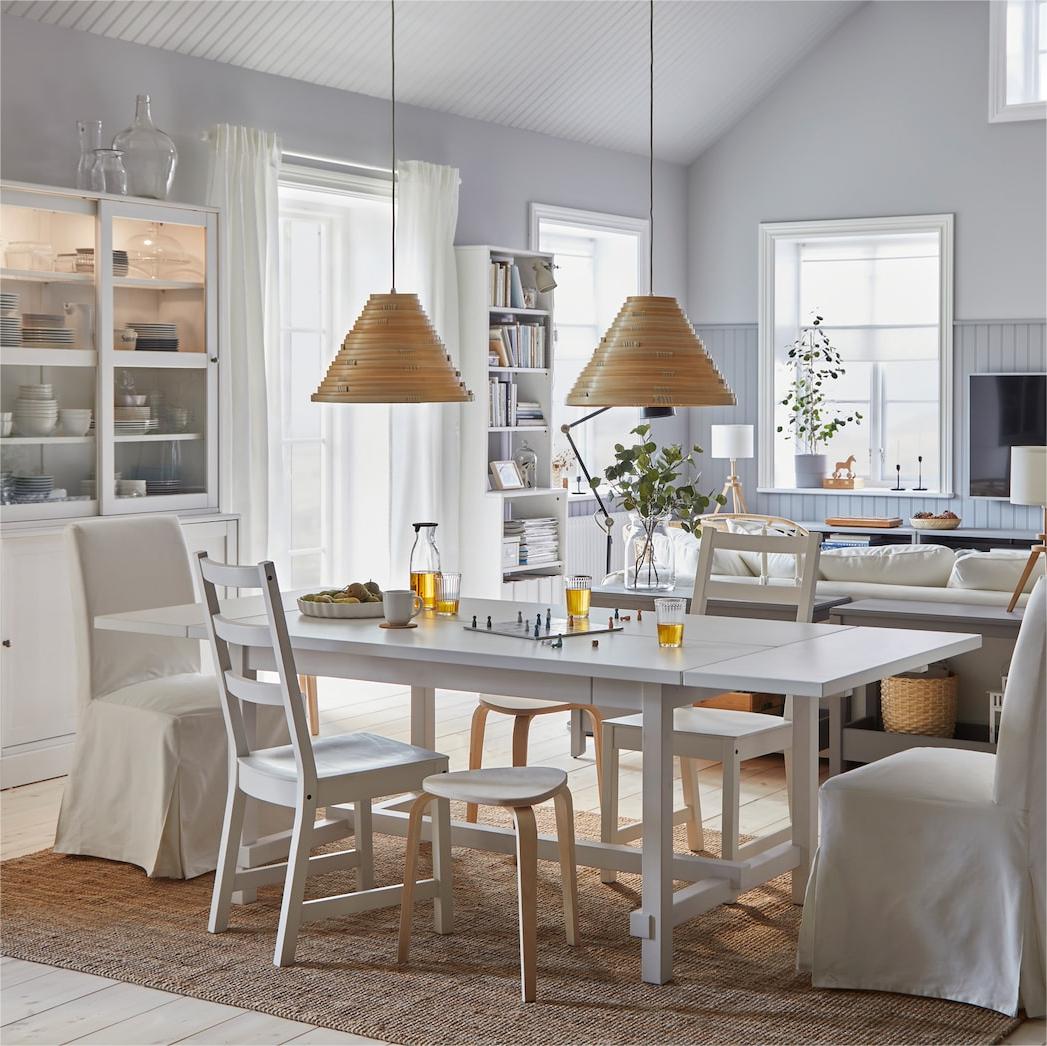Enhance Your Outdoor Space with Garden Path Lighting Lamps
Garden path lighting lamps serve a multitude of purposes that extend beyond mere illumination. One of the primary benefits is safety; well-lit pathways reduce the risk of accidents, such as tripping or falling, especially during nighttime. When garden paths are illuminated, it becomes easier for residents and guests to navigate through outdoor spaces, ensuring that they can enjoy the beauty of the garden without the fear of stumbling over uneven surfaces or hidden obstacles.
This is particularly important in homes with children or elderly individuals, where the risk of injury can be significantly heightened in poorly lit areas. In addition to enhancing safety, garden path lighting contributes to the overall ambiance and aesthetic appeal of outdoor spaces. The right lighting can transform a mundane pathway into a magical experience, creating a warm and inviting atmosphere.
Soft, diffused light can highlight the natural beauty of plants and flowers, while strategically placed fixtures can draw attention to architectural features or garden sculptures. This not only enhances the visual interest of the garden but also encourages outdoor activities during the evening hours, allowing homeowners to enjoy their gardens long after sunset.
Types of Garden Path Lighting Lamps
Solar-Powered Lights: Eco-Friendly and Easy to Install
One popular type is solar-powered lights, which harness energy from the sun during the day and illuminate pathways at night. These lights are particularly appealing for their eco-friendliness and ease of installation, as they do not require wiring or electrical connections. Solar lights come in various styles, from stake lights that can be easily inserted into the ground to decorative lanterns that add a touch of charm to any garden.
Low-Voltage Lighting: Versatile and Convenient
Another common type is low-voltage lighting, which operates on a transformer that reduces standard voltage to a safer level for outdoor use. Low-voltage lights are versatile and can be used in various designs, including path lights, spotlights, and floodlights. They offer a broader range of brightness options and can be connected to timers or motion sensors for added convenience.
Traditional Electric Path Lights: Consistent Illumination and Style
Additionally, traditional electric path lights provide consistent illumination and are available in numerous designs, allowing homeowners to choose fixtures that complement their garden’s style.
Choosing the Right Garden Path Lighting Lamps for Your Space
Selecting the appropriate garden path lighting lamps zifoto requires careful consideration of several factors, including the size and layout of the garden, the desired ambiance, and personal style preferences. For smaller gardens or pathways, compact solar lights may be ideal, as they provide sufficient illumination without overwhelming the space. In contrast, larger gardens may benefit from a combination of different lighting types to create layers of light that enhance depth and dimension.
The style of the lighting fixtures should also align with the overall aesthetic of the outdoor space. For instance, a modern garden may call for sleek, minimalist fixtures made from materials like stainless steel or glass, while a rustic garden could be better suited to lantern-style lights made from wrought iron or wood. Additionally, homeowners should consider the color temperature of the bulbs; warmer tones tend to create a cozy atmosphere, while cooler tones can lend a more contemporary feel.
Ultimately, the goal is to select lighting that not only serves its functional purpose but also enhances the beauty and character of the garden.
Installation and Maintenance Tips for Garden Path Lighting Lamps
Installing garden path lighting lamps can be a straightforward process, especially with solar-powered options that require minimal setup. For solar lights, placement is key; they should be positioned in areas that receive ample sunlight during the day to ensure optimal performance at night. Homeowners should also consider spacing between lights; a general rule of thumb is to place them about six to eight feet apart for even illumination along pathways.
For low-voltage or electric lighting systems, installation may require more planning and effort. It is essential to map out the desired layout before beginning installation to ensure that all fixtures are positioned effectively. Homeowners should also take care to bury any wiring below ground level to prevent tripping hazards and protect against weather-related damage.
Regular maintenance is crucial for keeping garden path lighting in good working order; this includes cleaning fixtures to remove dirt and debris, checking for burnt-out bulbs, and ensuring that solar panels are free from obstructions.
Creative Ways to Use Garden Path Lighting Lamps in Your Outdoor Space
Garden path lighting lamps can be utilized in innovative ways beyond simply illuminating walkways. For instance, they can be strategically placed to highlight specific features within the garden, such as water fountains, statues, or unique plant arrangements. By directing light onto these focal points, homeowners can create dramatic effects that enhance the overall visual appeal of their outdoor spaces.
Another creative application is using path lighting to delineate different areas within a larger garden. For example, lights can be used to guide visitors from one section of the garden to another, such as from a seating area to a vegetable patch or flower bed. This not only improves navigation but also adds an element of discovery as guests explore various parts of the garden.
Additionally, homeowners can experiment with different lighting angles and intensities to create varying moods throughout their outdoor spaces; softer lighting may evoke a sense of tranquility for relaxation areas, while brighter lights can energize spaces meant for social gatherings.
Energy-Efficient Options for Garden Path Lighting Lamps
As environmental concerns continue to grow, many homeowners are seeking energy-efficient options for their garden path lighting lamps. LED lights have emerged as one of the most popular choices due to their longevity and low energy consumption. Unlike traditional incandescent bulbs that consume more power and have shorter lifespans, LED bulbs can last up to 25 times longer while using significantly less electricity.
This not only reduces energy bills but also minimizes waste over time. Solar-powered lights represent another energy-efficient alternative that has gained traction in recent years. These fixtures rely on renewable energy sources and do not contribute to greenhouse gas emissions during operation.
Many modern solar lights are equipped with advanced technology that allows them to store energy more effectively and provide brighter illumination than earlier models. By opting for these energy-efficient solutions, homeowners can enjoy beautifully lit gardens while also making environmentally conscious choices.
Safety and Security Considerations for Garden Path Lighting Lamps
In addition to enhancing aesthetics and ambiance, garden path lighting lamps play a crucial role in safety and security. Well-lit pathways deter potential intruders by eliminating dark areas where they could hide or approach unnoticed. This is particularly important for homes located in neighborhoods with higher crime rates or those situated near wooded areas where visibility may be limited.
Moreover, proper lighting can help prevent accidents by illuminating potential hazards such as steps, uneven surfaces, or changes in elevation along pathways. Homeowners should consider installing motion-sensor lights along critical areas such as entrances or driveways; these lights activate when movement is detected, providing immediate illumination when needed most. By prioritizing safety and security through thoughtful lighting design, homeowners can create an environment that feels both welcoming and secure.
Enhancing the Aesthetics of Your Outdoor Space with Garden Path Lighting Lamps
The aesthetic enhancement provided by garden path lighting lamps cannot be overstated; they serve as both functional elements and artistic features within outdoor spaces. By selecting fixtures that complement the existing landscape design—whether through color coordination or stylistic harmony—homeowners can create a cohesive look that elevates their gardens’ overall appeal. Incorporating various types of lighting can also add depth and texture to outdoor spaces.
For example, combining uplights that cast light upward on trees with downlights that illuminate pathways creates a layered effect that draws the eye upward while maintaining visibility on the ground level. Additionally, using colored bulbs or filters can introduce playful elements into the design; soft hues can evoke different moods depending on the season or occasion. Ultimately, garden path lighting lamps offer an opportunity for homeowners to express their creativity while enhancing both functionality and beauty in their outdoor environments.




